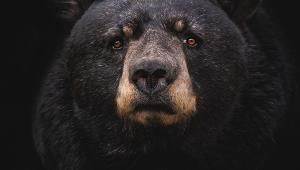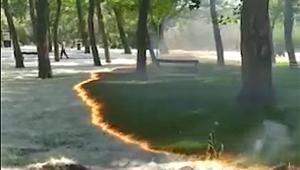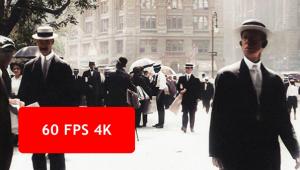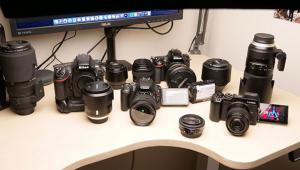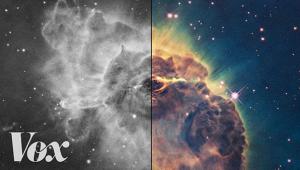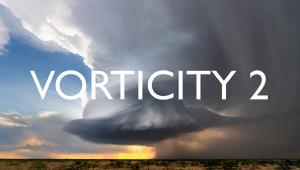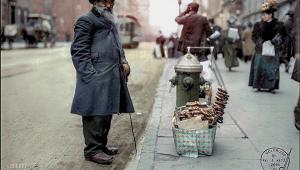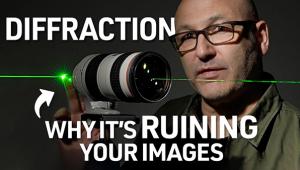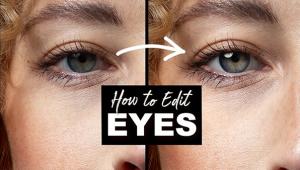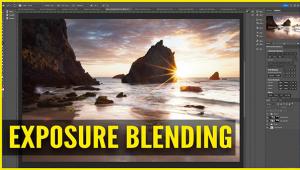Here’s How to Use Your Camera’s Histogram and Never Miss an Exposure Again (VIDEO)

Achieving a correct exposure is the first step toward capturing a great image, and on Monday we explained how to do that by bracketing your shots. In today’s tutorial, you’ll learn another way to get things right, by using your camera’s histogram.

In the video below, photo instructor Andrew Boey explains the theory behind histograms, and demonstrates how to use this invaluable tool to avoid images that are either too dark or too bright. Once you learn this simple trick, you’ll never miss an exposure again!

Boey explains that photographers often incorrectly expose images because they judge results by examining photos on the camera’s LCD screen—which often displays an inaccurate representation of an image. He then demonstrates why a camera’s histogram provides the only precise method of evaluating the exposure accuracy of a photo.
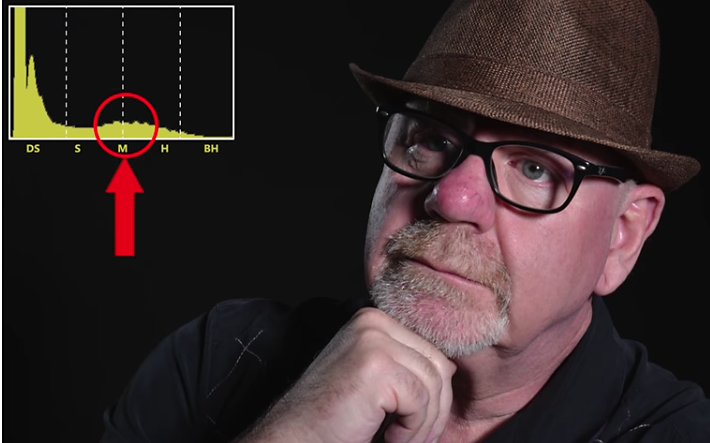
How a histogram appears depends upon the camera you use, and Boey illustrates how to interpret this oft-ignored tool on Canon, Nikon, and Sony cameras. Once you understand how to read a histogram, it’s a simple matter to make whatever adjustments are necessary to create images that look exactly how you intend.
There are more helpful tip’s on Boey’s YouTube channel, and be sure to watch Monday’s tutorial on bracketing exposures for perfect results.
- Log in or register to post comments

